How to Fix the ‘Steam Library Running Away’ Issue?
Sometimes, when using Steam, you might encounter a odd issue where your Steam Library seems to “run away” from your mouse cursor. As you move your mouse towards the Library, it unexpectedly shifts further down the screen on its own.
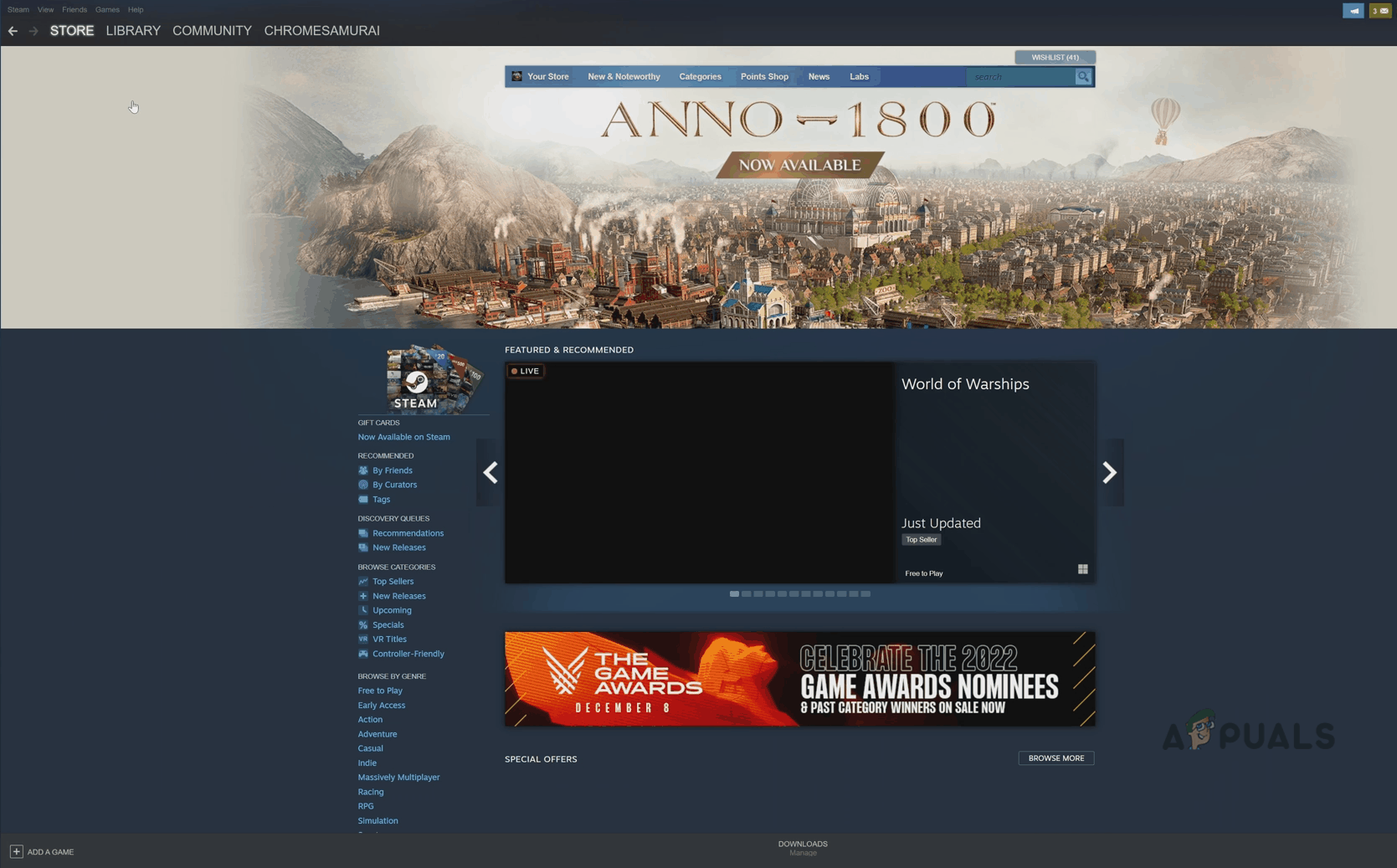
This unusual problem often arises following a Steam update on your computer. Though not widespread, several fixes can address it. In this article, we’ll walk you through different solutions.
Also, ensure your mouse or trackpad is functioning correctly, as issues with these devices can lead to erratic cursor movements.
1. Disable GPU Acceleration in Steam
Steam make use of GPU acceleration to shift certain tasks from the CPU to the GPU scheduler, freeing up resources and potentially enhancing your PC’s performance. Specifically, this feature accelerates the rendering of web views—what you see in the Steam client.
To fix the escaping library issue, you will need to disable GPU acceleration within the Steam app. This action impacts the Steam client interface rather than game performance.
- Open the Steam app.
- Click on the Steam option, and select Settings.
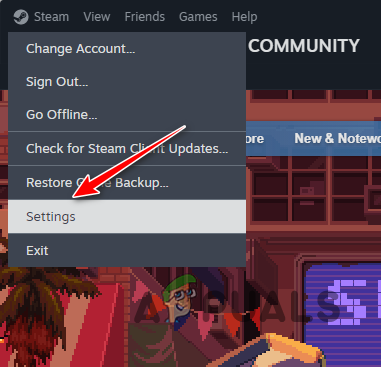
Opening Steam Settings - Switch to the Interface tab in the Settings window.
- Then, disable Enable GPU accelerated rendering in web views using the corresponding slider.
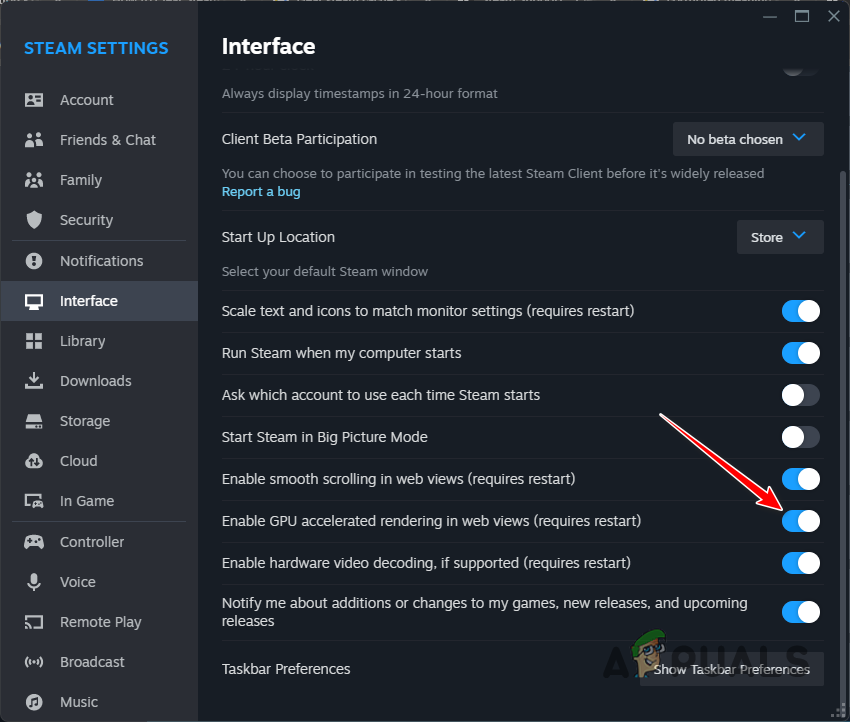
Disabling Steam GPU Acceleration - Restart Steam and check if the issue persists.
2. Delete Web Browser Data
Steam includes its proprietary web browser which displays web content within the application. Corrupted stored browser data may sometimes cause issues, such as the “Steam library running away” glitch.
- Access the Settings window by selecting Steam > Settings.

Opening Steam Settings - Navigate to the In-Game tab.
- Click on Delete next to Delete Web Browser Data.
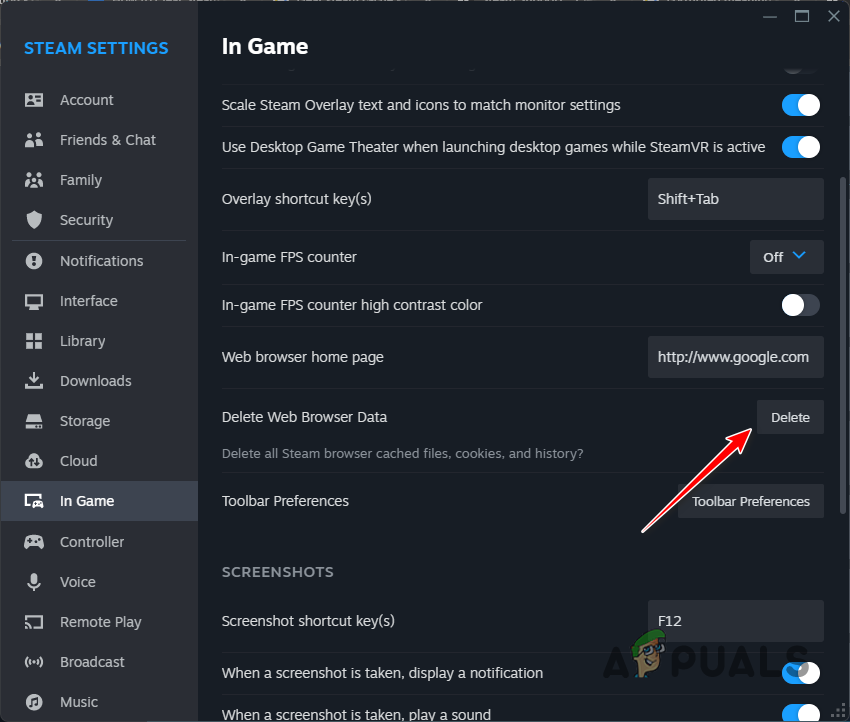
Deleting Steam Web Browser Data - Restart the Steam client and verify if the issue has been resolved.
3. Remove Additional Display Driver
Multiple display drivers on your computer can interfere with the Steam app, causing it to malfunction. It’s possible that Steam may use an incorrect driver, leading to display issues.
- Open Device Manager by searching for it in the Start Menu.
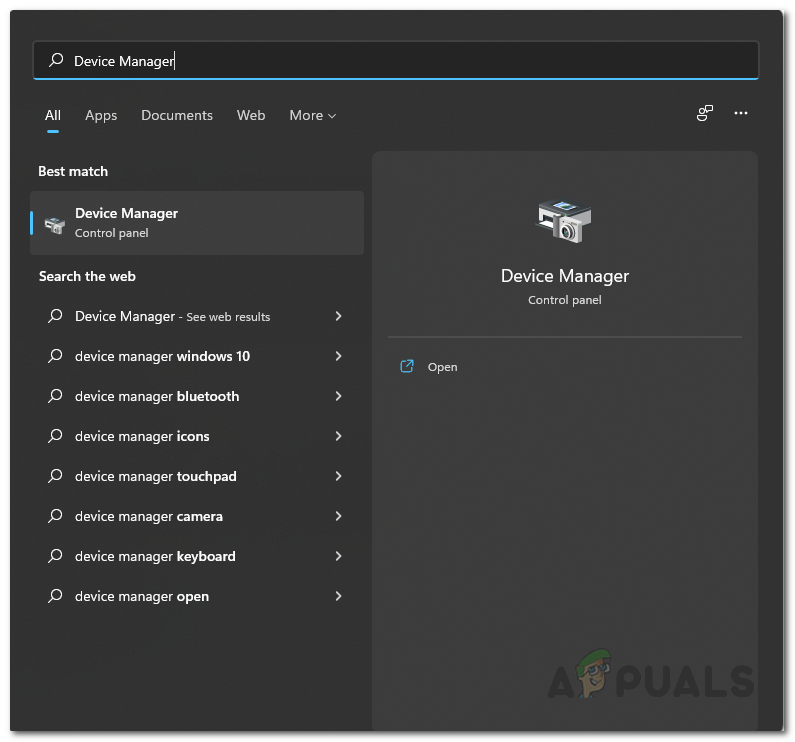
Opening Device Manager - Expand the Display adapters category.
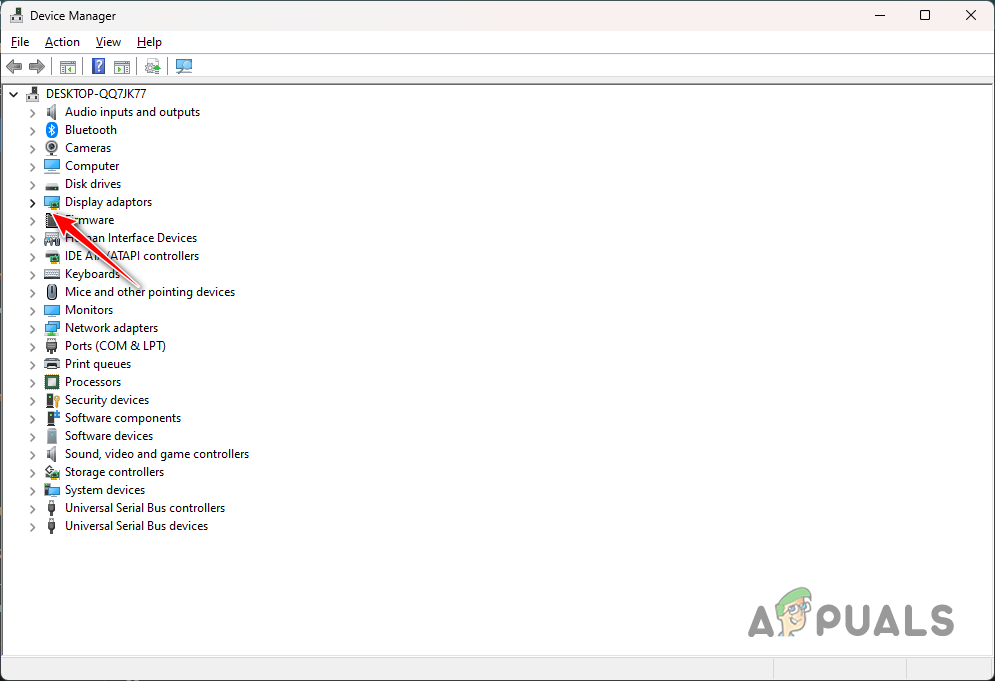
Display Adapters List - Identify any additional display drivers that aren’t your main video driver.
- Right-click on these additional drivers and select Uninstall device.
- Restart Steam and check for the issue.
4. Enable Low Performance Mode
Activating the low-performance mode within the Steam client’s Library view can address the issue. This setting does not compromise the performance of your installed games but rather reduces certain visual effects to improve Library responsiveness.
- Launch the Steam Settings window via Steam > Settings.

Opening Steam Settings - Select the Library tab.
- Activate Low Performance Mode.
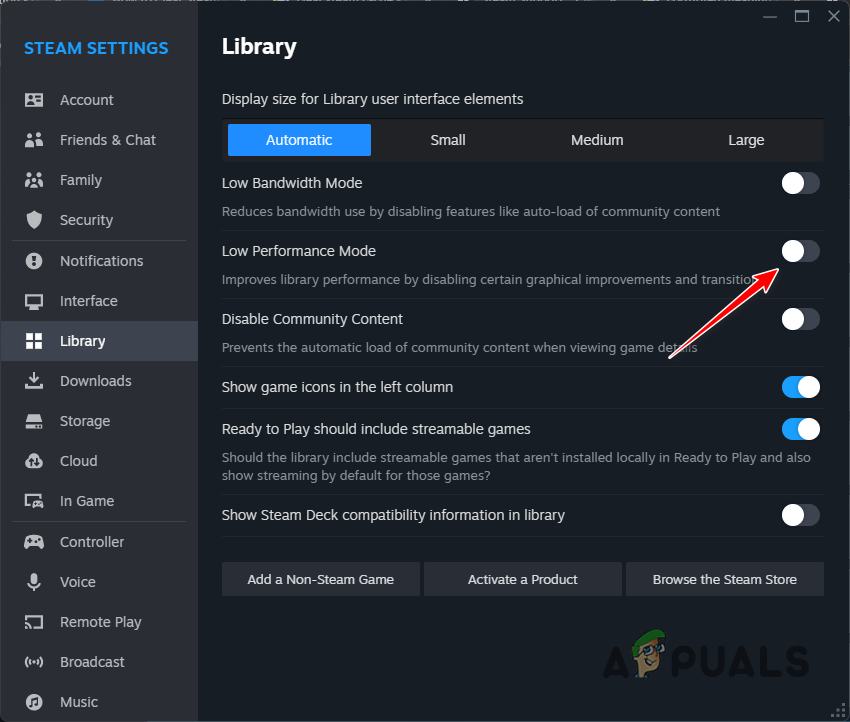
Enabling Steam Library Low Performance Mode - Check to see if this resolves the issue.
5. Clear Steam Cache
Malfunctions in Steam could stem from corrupted cache data, which is intended to enhance app performance. Clearing Steam’s cache might fix such problems.
- Close the Steam client.
- Use the Windows + R keys to open the Run dialog box.
- Type %localappdata% and press Enter.
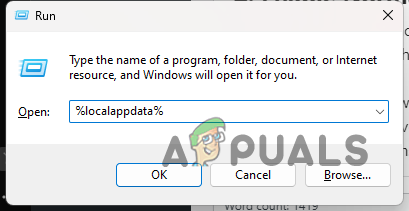
Opening Local AppData Folder - Find the Steam folder.
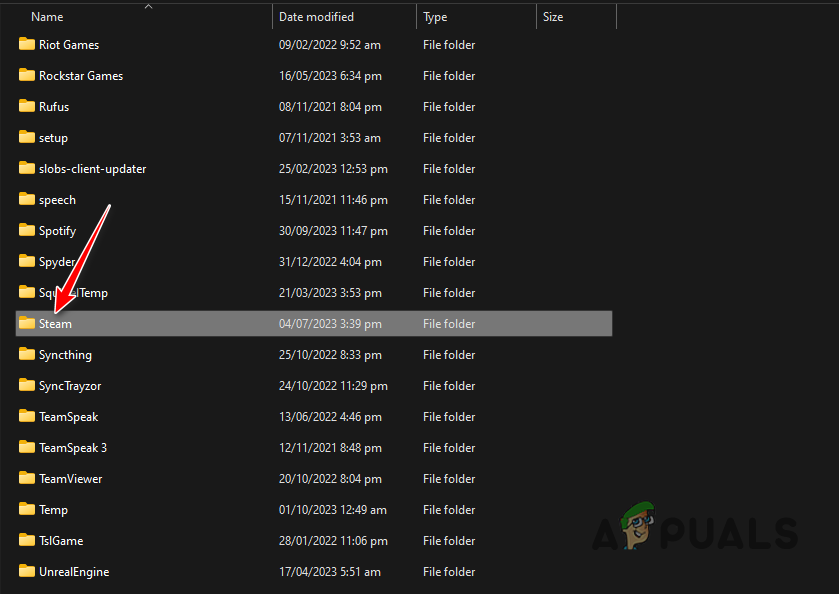
Deleting Steam Cache - Delete it by pressing Shift + Delete.
- Relaunch Steam and check for the issue.
6. Reinstall Graphics Drivers
Outdated or incompatible graphics drivers may also lead to the library issue. Windows updates sometimes replace current drivers, leading to potential conflicts.
- Download the Display Driver Uninstaller tool from the official link.
- Extract the zip file and run Display Driver Uninstaller.exe.
- On the Options screen, click Continue.
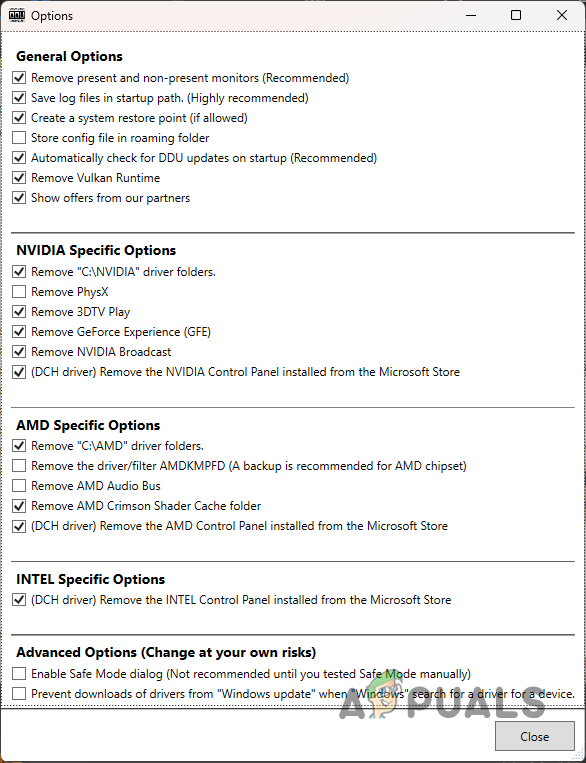
General Options - Choose GPU in the Select device type dropdown.
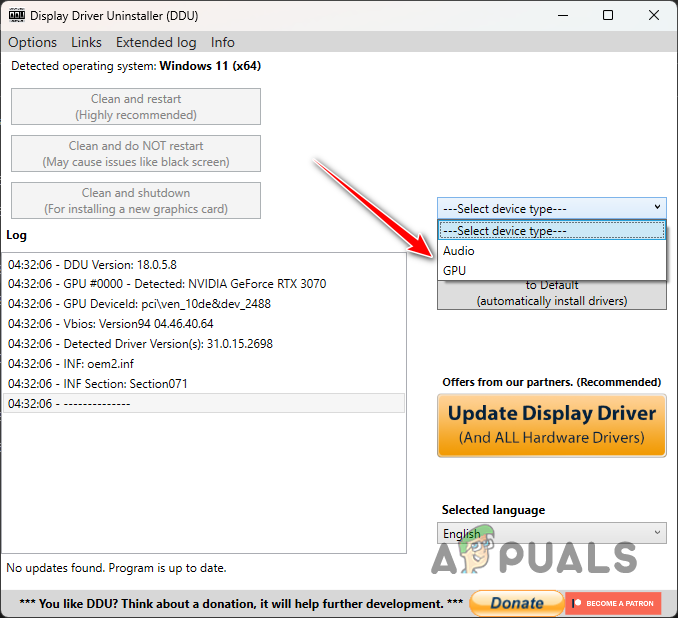
Select Device - Select your GPU brand under Select device.
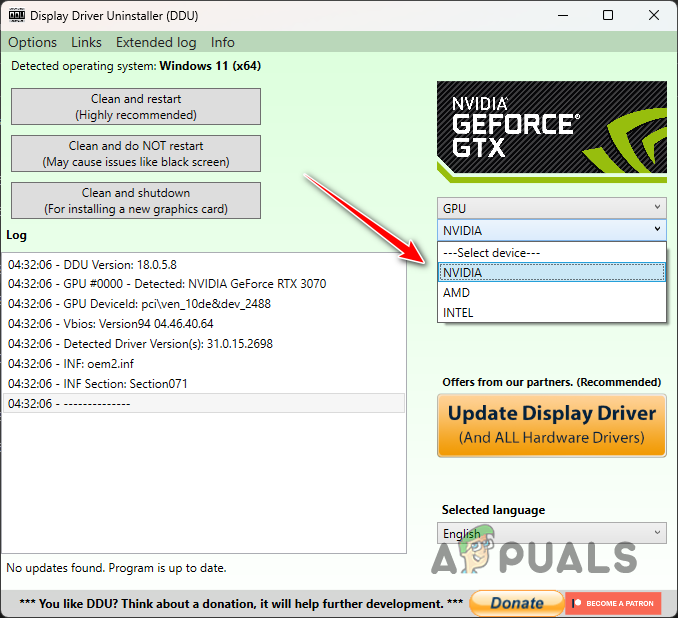
Select Brand - Click Clean and restart to uninstall the drivers.
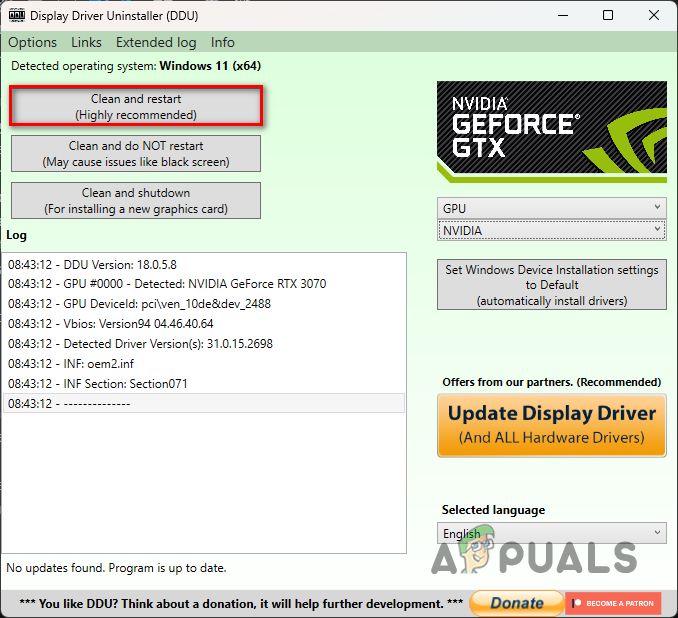
Remove Display Drivers - Upon restarting, visit your GPU brand’s website to download and install the latest drivers.
- Verify if the issue has been corrected.
7. Reinstall Steam
If none of the above methods work, the root cause may lie with Steam’s installation files. Corrupted installation files demand a fresh installation of the Steam client.
- Search for the Control Panel in the Start Menu and open it.
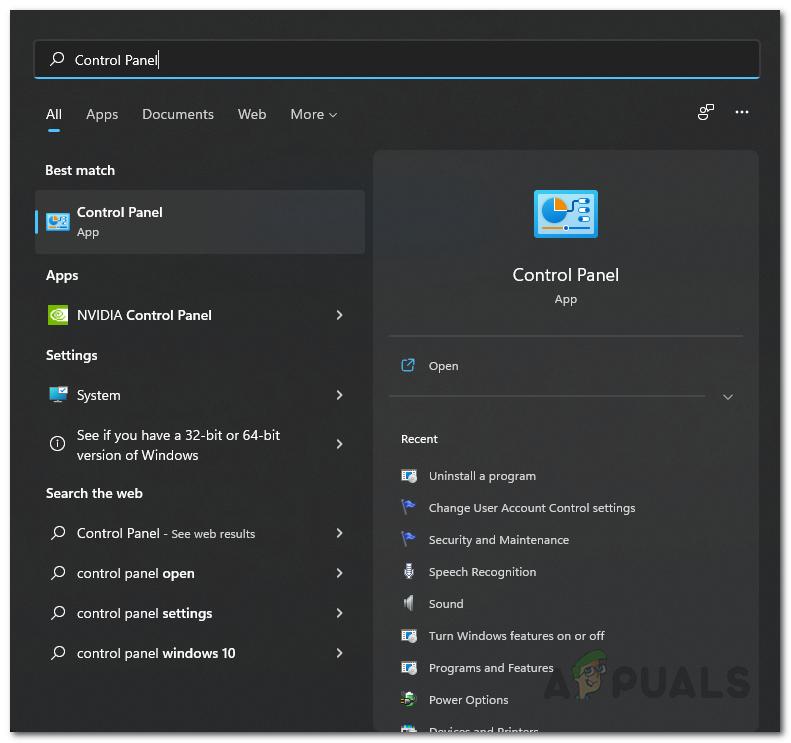
Opening Control Panel via Start Menu - Select Uninstall a program in the Control Panel.
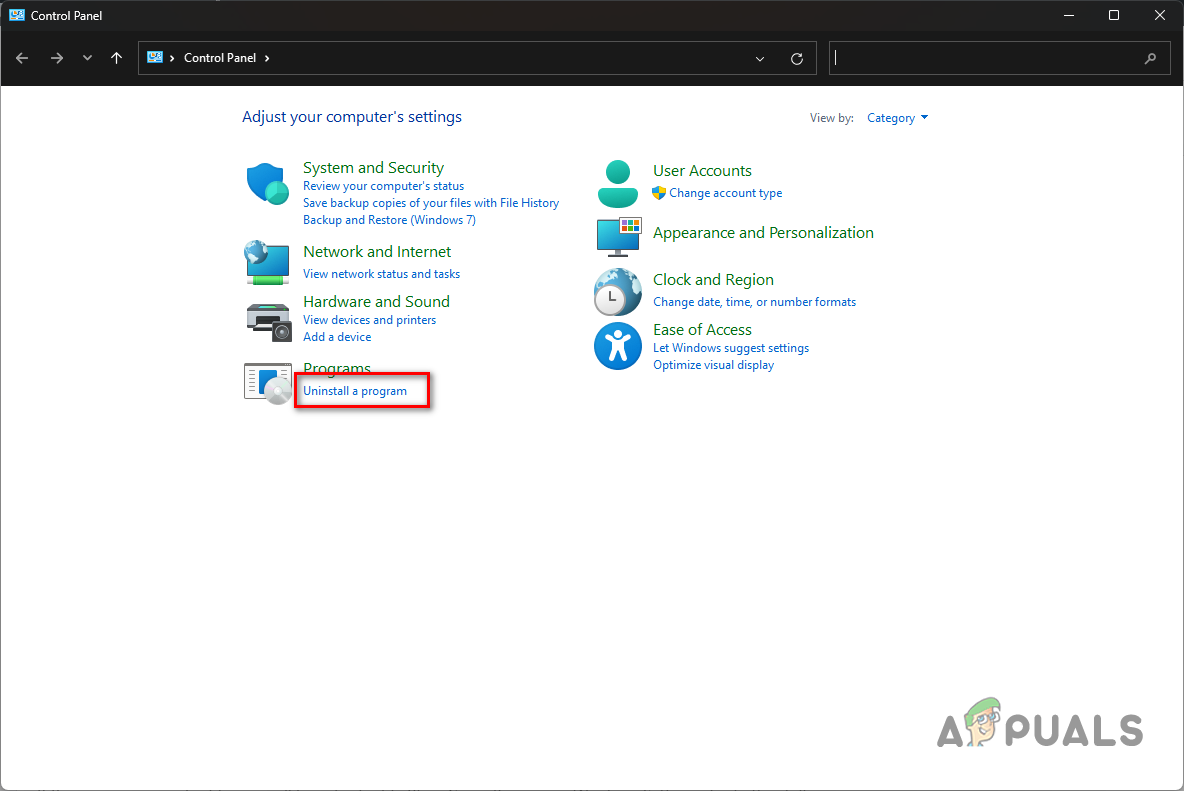
Opening List of Programs - Find and double-click on Steam to initiate uninstallation.
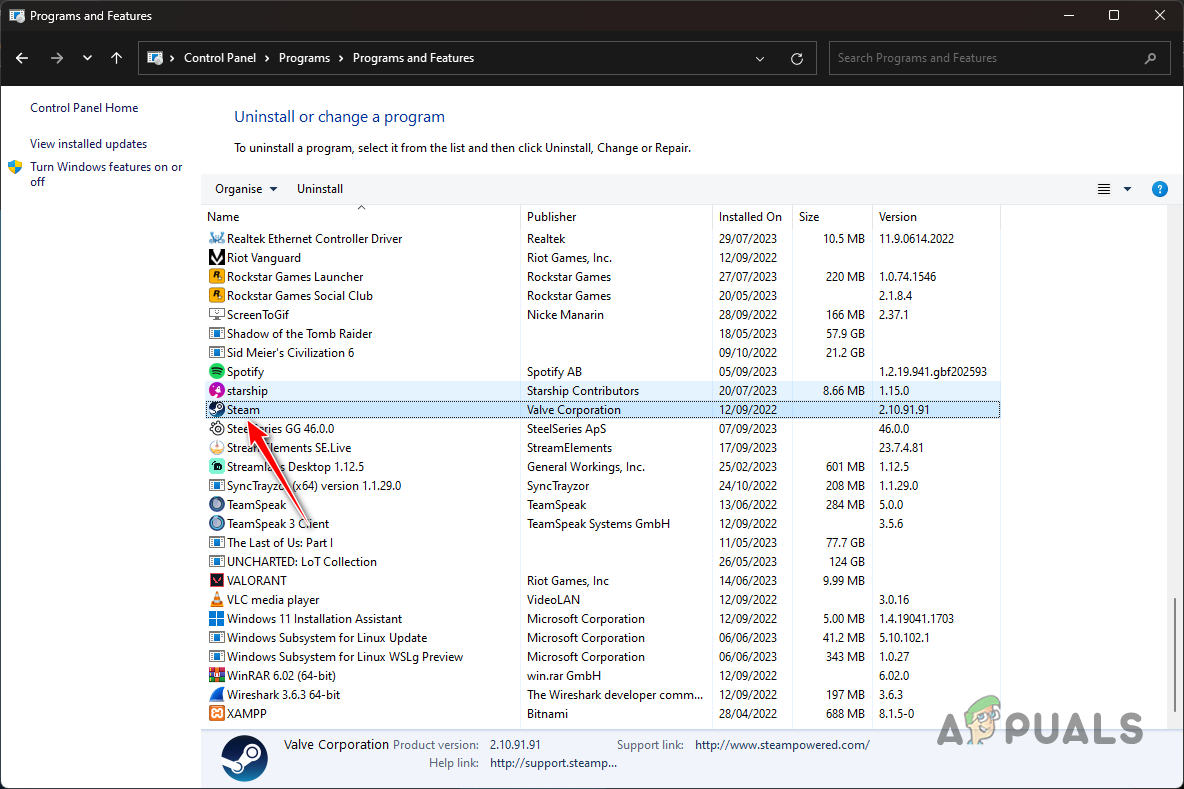
Uninstalling Steam - Follow the prompts to complete the process.
- Download and install the Steam setup file again.
- Verify if the issue has been resolved.
Having followed these methods, you should be able to address the “Steam library running away” issue effectively. The GPU acceleration feature for web views in the Steam client is a common perpetrator. Keeping this in mind can aid in preventing future issues.
If you still encounter problems, visiting the Steam support website will be necessary. The Steam support team will assist you further with a case-specific approach. Create a support ticket to receive direct help.





